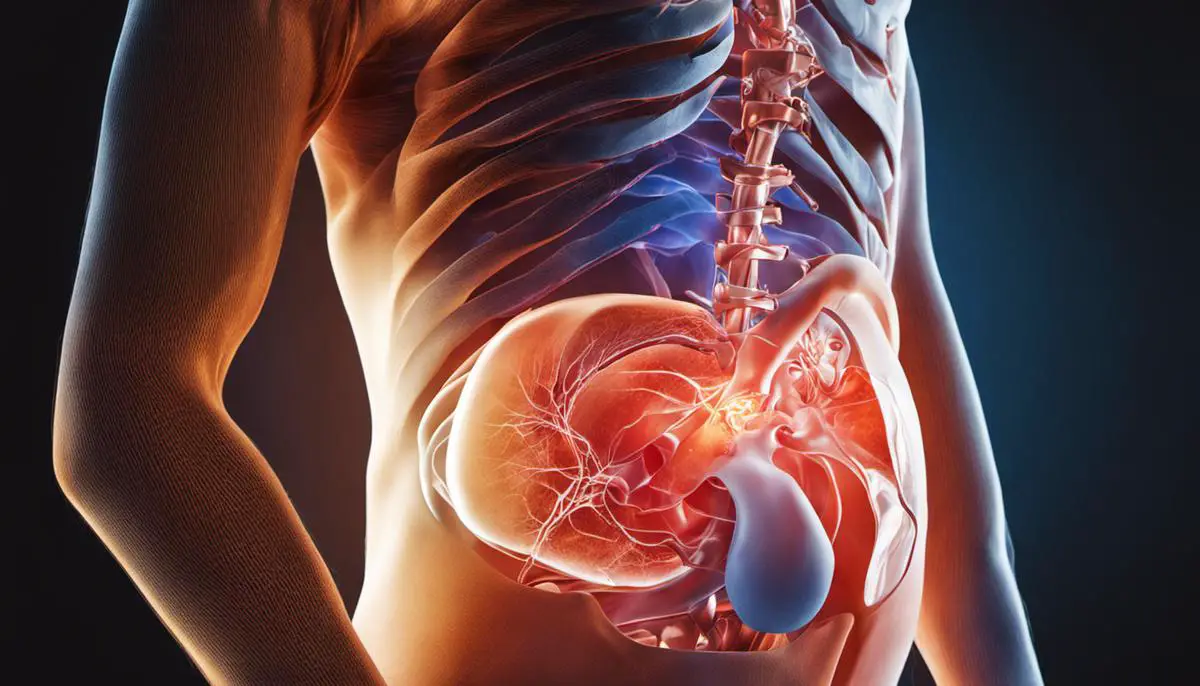Millions of individuals worldwide grapple with bladder pain, a condition which can severely impact their quality of life. The discomfort, frequency, and urgency associated with bladder pain not only disrupts daily routines, but can also lead to emotional strain. Becoming informed about this condition, its causes, and treatment options is a crucial step towards improving patient outcomes. One potential trajectory towards pain relief and management is physical therapy. This essay delves into the role of physical therapy in alleviating bladder pain, exploring its methodologies, benefits, risks, and its overall impact on patient recovery.
Understanding Bladder Pain
Understanding Bladder Pain: Definition, Causes, and Symptoms
Bladder pain is a common symptom often associated with conditions affecting the urinary system. The urinary system comprises the kidneys, the bladder, ureters, and urethra, all serving to filter and eliminate waste from the body. Any disruptions or abnormalities in this system may result in bladder pain.
This pain can originate from various causes. These include urinary tract infections (UTIs), interstitial cystitis (also known as painful bladder syndrome), bladder cancer, kidney stones, and cystitis, among others. The pain experienced might range from mild to severe and is often accompanied by other symptoms such as frequent urge to urinate, lower abdominal pain, and discomfort during urination.
Bladder pain and its accompanying symptoms can severely impact the daily life of individuals. It can disrupt sleep patterns due to frequent urination, cause distress and discomfort, and can significantly affect a person’s quality of life by limiting their activities.
Treatment Options for Bladder Pain: Role of Physical Therapy
There are several approaches to managing and treating bladder pain, including medication, dietary changes, avoiding triggers, and bladder training. Among these, the role of physical therapy in managing bladder pain has been gaining increasing recognition.
Physical therapy can help manage bladder pain in several ways. It’s designed to help strengthen the pelvic floor muscles, which support the bladder and other organs in the pelvis. The therapy often involves exercises that contract and relax these muscles to improve bladder control. This is particularly helpful in managing conditions like interstitial cystitis and overactive bladder syndrome.
Physical therapists may also employ other techniques such as biofeedback. During biofeedback, sensors are placed on your body to measure different bodily functions. The information collected helps both you and your therapist understand how your body is reacting and can guide you in responding better to physical signs of stress, which might trigger bladder pain.
Another technique used is electrical stimulation, aiming to suppress the nerve signals causing bladder pain. This procedure involves placing temporary wire leads in your back near the sacral nerves, which influence bladder control.
Additionally, physical therapists can educate patients on bladder healthy habits like correct posture for toileting, avoiding foods that may irritate the bladder, and maintaining a healthy level of physical activity.
Recognizing the Potential of Physical Therapy for Blic Retreating Pain
Physical therapy serves as a vital part of the corrective strategy when it comes to the painful symptoms of bladder disorders. This non-surgical, all-encompassing method not only brings relief to the discomfort but also aims to enhance bladder function, leading to an improved quality of living for those impacted by such conditions.
The degree of effectiveness of physical therapy can differ among individuals, as reactions to treatment aren’t identical. Nevertheless, under the guidance of skilled therapists, and with personalized treatment plans, physical therapy can greatly minimize bladder pain and boost urinary function.
While physical therapy isn’t a universal solution to all bladder pain, it is a substantial measure in symptom management. It is typically recommended by healthcare professionals as part of a combined therapeutic approach, involving medicine, dietary modifications, and bladder training. This methodology ensures a well-rounded and comprehensive treatment plan.
Before initiating a physical therapy regimen for bladder pain, it is paramount to consult with your healthcare professional to assess if it is a fitting treatment course given your particular condition and situation.
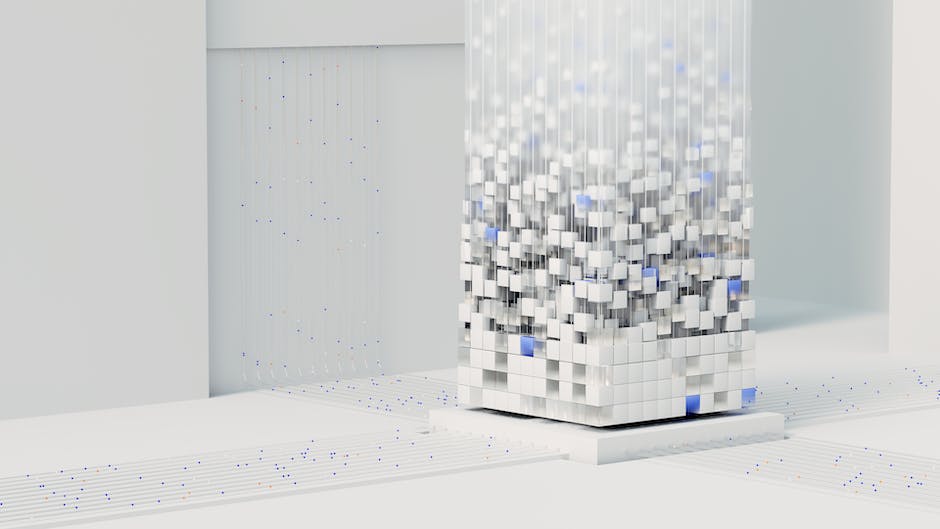
The Role of Physical Therapy in Treating Bladder Pain
The Function of Physical Therapy in Relieving Bladder Pain
Physical therapy has evolved as a powerful mechanism in the fight against bladder pain. It usually forms a crucial part of a compound treatment plan, particularly in managing conditions such as interstitial cystitis and bladder pain syndrome. It primarily involves strengthening the underlying pelvic floor muscles that support the bladder function, thus aiding in symptom management.
Pelvic Floor Exercises
One of the key therapeutic interventions for bladder pain is pelvic floor exercises, often referred to as Kegel exercises. These exercises primarily focus on identifying, controlling, and strengthening the muscles that contribute to urinary and bowel functions. By regularly practicing pelvic floor exercises, patients can improve their bladder control, reduce urgency symptoms, and ease pelvic pain. Physical therapists typically guide patients through these exercises restorations, giving them clear instructions on engaging and relaxing the correct muscles.
Biofeedback
Another technique widely used in the realm of physical therapy for bladder pain is biofeedback. In this treatment, sensors are attached to the body to monitor muscle tension, breathing rate, heart rate, and other bodily functions. The idea is to provide real-time feedback to the patient so that they can learn how to control certain bodily functions which often correlate to pain. In the context of bladder pain, biofeedback can significantly help in managing bladder function and relieving pain.
Electrical Stimulation Therapies
Electrical stimulation therapies appear promising in treating bladder pain as well. Two of the most common ones are transcutaneous electrical nerve stimulation (TENS) and percutaneous tibial nerve stimulation (PTNS). TENS involves the use of low-voltage electrical currents to relieve pain, while PTNS stimulates the tibial nerve to indirectly influence the nerves in the pelvic floor, including the bladder. Both methods can help in reducing bladder pain and improving bladder control.
For those dealing with bladder pain, physical therapy may provide non-invasive, conservative approaches to enhance the quality of life. While it may not completely resolve all bladder complications, it can undeniably serve as a valuable support within a broader treatment strategy. Collaborating closely with a physical therapist or other health practitioners can yield personalized tactics and exercises to alleviate bladder pain and associated symptoms.
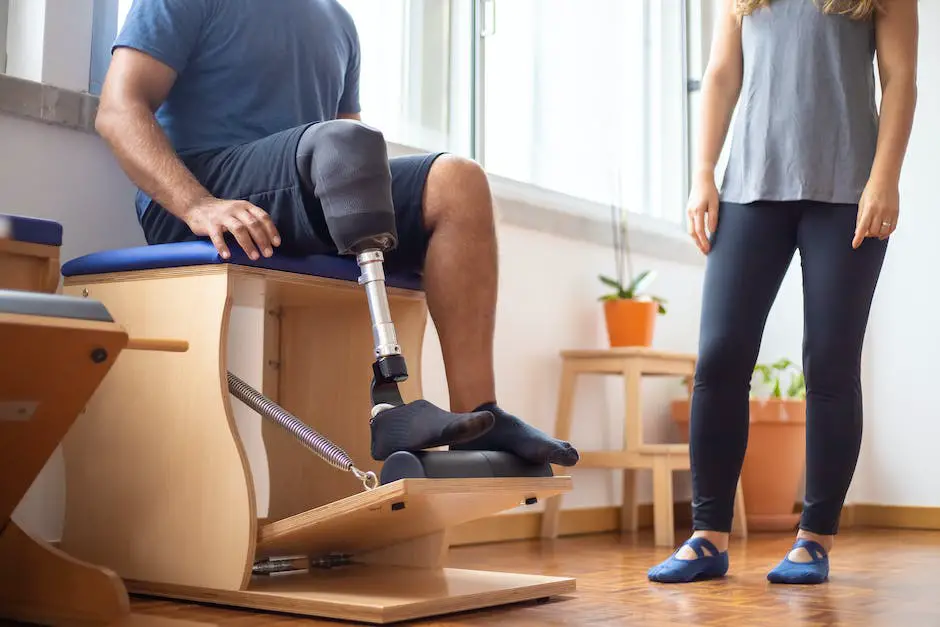
Procedure and Techniques Involved in Physical Therapy
Initial Evaluation for Physical Therapy aimed at Bladder Pain
Prior to initiating physical therapy to tackle bladder pain, an accredited physical therapist is to conduct an in-depth analysis of your bladder complaints, previous medical background, relevant lifestyle conditions, and will need a referral from a certified medical professional. Grasping your specific symptoms and their impact on your daily life is an essential element in establishing a successful therapy plan.
Physical Therapy Techniques
Physical therapy interventions for bladder pain may incorporate a variety of techniques. One common procedure is pelvic floor physical therapy. This type of therapy targets the muscles, ligaments, and tissues that support your bladder and other pelvic organs, helping relieve discomfort and improve function.
Biofeedback is another method commonly used by physical therapists for bladder pain. By placing sensors on the body, physical therapists can provide real-time feedback to patients about how their muscles are functioning. This can help you learn how to better control your pelvic muscles, which can aid in relieving bladder pain.
Manual therapy may include myofascial release and trigger point therapy. These techniques involve direct pressure and manipulation of the muscles to help alleviate tension and pain.
Exercises and Routines
Specific exercises may be prescribed to assist with bladder control and alleviate bladder pain. These may include Kegel exercises which involve tightening and relaxing the pelvic floor muscles, deep abdominal contractions or transversus abdominis muscle contractions, and nerve gliding exercises which help with nerve pain associated with bladder problems.
Physical therapists may also recommend lifestyle modifications, like adjustments to your diet and fluid intake, maintaining a healthy weight, managing stress, and avoiding activities that put strain on the pelvic muscles.
Therapy Frequency
The frequency of physical therapy for bladder pain varies based on individual needs. Patients may begin with weekly sessions and gradually decrease to bi-weekly or monthly sessions as improvement occurs. To achieve the best results, the exercises should also be performed regularly at home.
Anticipated Results
Studies have shown that physical therapy can be a successful tool in mitigating bladder pain and enhancing overall quality of life. However, it’s important to remember that the efficacy of this treatment may vary depending on several influences. These include the root cause of the bladder pain, the patient’s dedication to adhering to the therapeutic regimen, and their overall health condition. As a result, patients should maintain open communication with their physical therapist and have reasonable expectations about the process of therapy.
It’s crucial to understand that physical therapy is not an immediate fix for bladder pain. It often requires a substantial amount of time and patience. You may notice improvement gradually, so consistency in performing prescribed exercises and heed to your physical therapist’s guidance is key for achieving optimal long-term results.
As always, it is recommended to seek professional medical advice before introducing any new treatment or therapy into your routine.
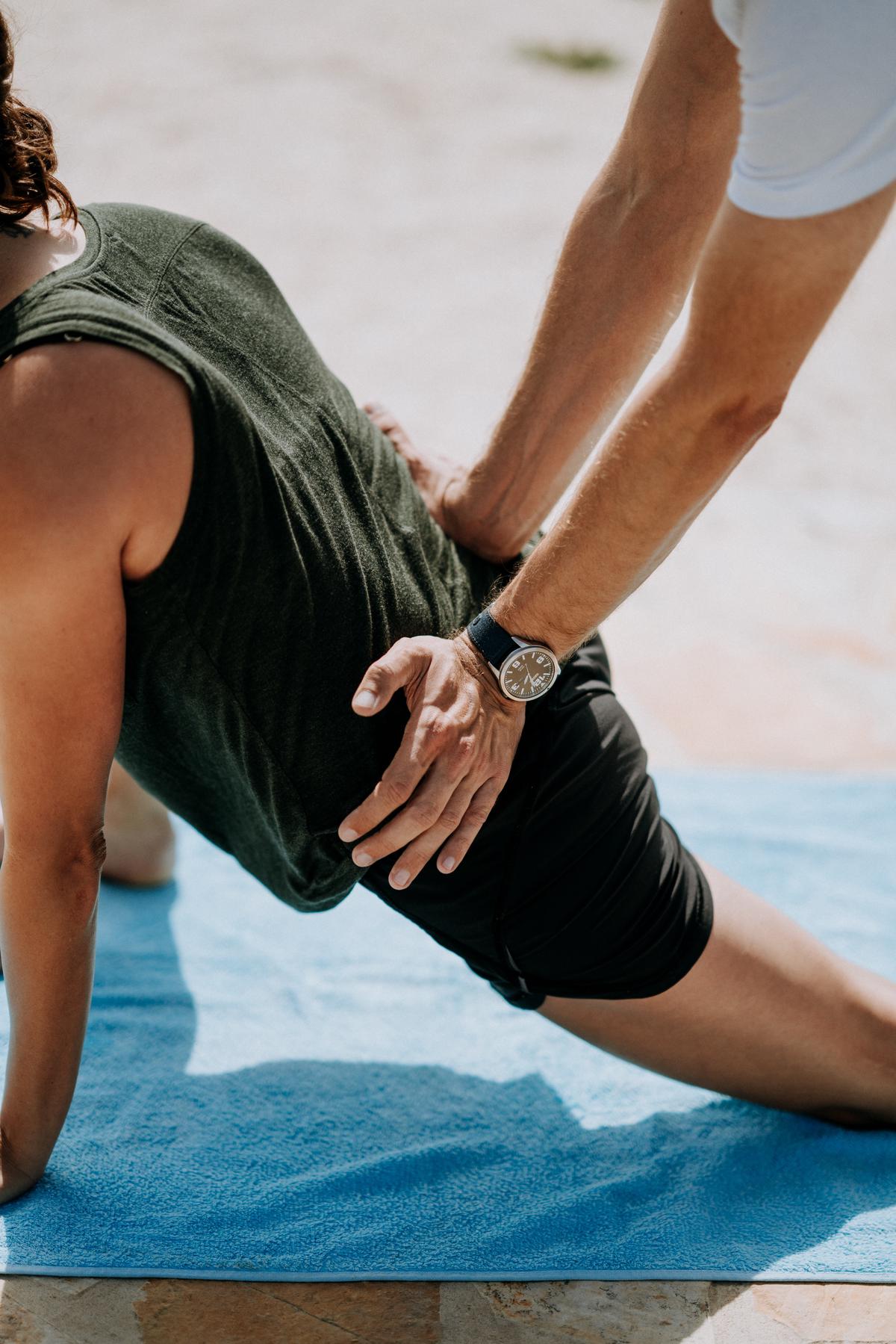
Photo by anniespratt on Unsplash
Benefits and Risks of Physical Therapy
Advantages of Physical Therapy in Alleviating Bladder Pain
Physical therapy, particularly therapy focused on the pelvic floor, can be incredibly advantageous for those experiencing bladder pain. The bladder is supported by the pelvic floor muscles, and issues such as tension, weakness, or imbalance in these muscles can be a primary contributor to bladder pain and urinary problems. Physical therapy provides a method of reducing pain by strengthening the pelvic muscles and enhancing their operational capabilities.
An evident benefit of physical therapy is the alleviation of pain. Physical therapists can teach patients effective techniques for relaxing and stretching the pelvic floor muscles, which can significantly decrease muscle tension and resultantly reduce bladder pain. This therapeutic approach can also help patients develop a more profound awareness of the functioning of their pelvic muscles, thereby teaching them how to avoid actions that may exacerbate their pain.
In addition to pain relief, physical therapy can also assist in managing symptoms commonly linked to bladder pain disorders such as urinary urgency and frequency. Therapists may teach patients behavioral techniques like timed voiding and bladder retraining as part of their treatment regime so they are better able to control their bladder function.
Moreover, beyond the direct benefits such as pain relief and improved muscle function, physical therapy can significantly enhance a patient’s overall quality of life. Reduced bladder pain can lead to better sleep, increased energy, and an overall happier disposition.
Exploring the Pros and Cons of Physical Therapy for Bladder Pain
Physical therapy, while highly beneficial, does also come with certain risks and side-effects. Although these are generally minor in comparison with surgical or pharmacological treatments, they are still factors to be aware of when considering this form of treatment.
Initially, some patients may experience an escalation in pain or discomfort during or post-session, as the muscles are being used differently or stretched to alleviate tension. Additionally, if exercises are not performed acutely, there’s the risk of injury, highlighting the importance of availing the services of a skilled and experienced physical therapist who can guide appropriate techniques and ensure safety and efficacy.
Addressing and managing bladder issues and pelvic floor exercises can be embarrassing or cause discomfort for some patients. Discussing such personal issues with a healthcare provider might seem daunting, but it’s crucial to remember that physical therapists are skilled professionals who frequently deal with such health issues.
Physical therapy could be a significant commitment in terms of time, as it may necessitate regular sessions over many weeks or even months to show effective results. This could pose a challenge for those juggling other responsibilities such as work, family, or education.
Lastly, while physical therapy can significantly improve symptoms and provide relief, it doesn’t guarantee complete eradication of bladder pain, particularly for those with complex or chronic conditions. Thus, consulting a healthcare provider to discuss all potential treatment options and decide on the most suitable course of action is essential.
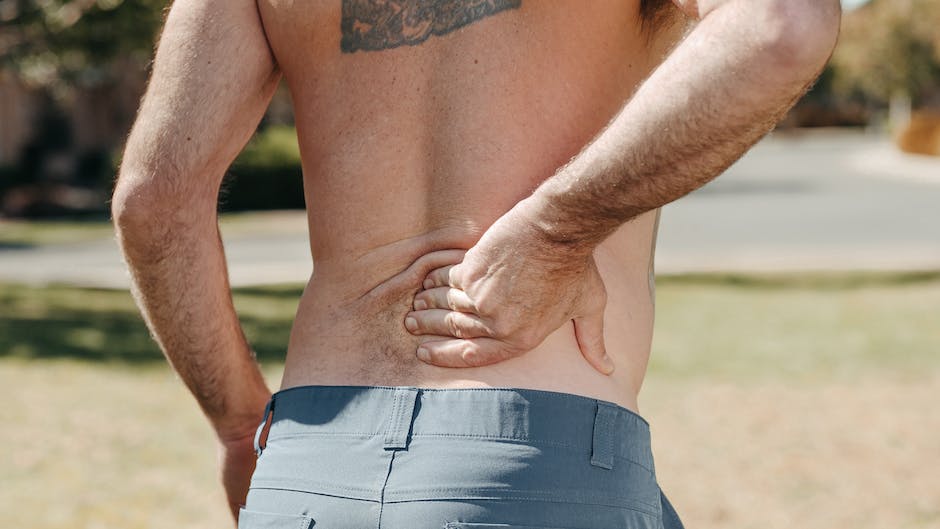
Real-life Experiences and Successes with Physical Therapy
Practical Experiences with Physical Therapy
For instance, a 52-year-old woman with persistent bladder pain and frequent urination found substantial relief with physical therapy. After suffering for over a year, her urologist recommended this non-surgical treatment. Following a 6-month regime of regular pelvic floor physical therapy sessions and complementary home exercises, she experienced significant pain reduction and her need to urinate dropped from twelve to 4-5 times a day.
In another case, a 45-year-old woman with interstitial cystitis, a chronic bladder condition causing pain and pressure, turned to physical therapy when traditional treatments fell short. Through bladder training and pelvic floor muscle exercises, she noticed a significant improvement in her bladder control and a decrease in her levels of pain within just a few months.
Role of Physical Therapy in Bladder Pain Relief
Physical therapy, more specifically pelvic floor physical therapy, can play an instrumental role in managing bladder pain. The pelvic floor muscles surround the bladder; when these muscles are weak, tight, or spasmed, they can contribute to bladder pain. Physical therapists skilled in this area can help patients identify, understand, and properly manipulate their pelvic floor muscles for relief of symptoms.
Home-Based Physical Therapy Success
There are numerous cases where patients have found relief with home-based physical therapy exercises as well. One such example is a 38-year-old woman who was suffering from persistent bladder pain and urinary urgency. Based on the recommendation of her physical therapist, she embarked on a daily routine of at-home pelvic floor exercises. Within just three months, she reported significant relief from her symptoms.
Group Physical Therapy and Support
Group physical therapies and support groups have also proved beneficial for many patients with bladder pain. Attending group therapy can add a supportive environment to help manage the condition. One testimonial comes from a 30-year-old woman with bladder pain syndrome (BPS) who gained relief not only from the physical therapy exercises but also the reassurance of others going through the same situation, reducing her feelings of isolation and anxiety.
Physical therapy for bladder pain has proved highly effective in practical scenarios, as is evident from the above testimonials and many others. It’s worthwhile to consult with a healthcare professional regarding pelvic floor physical therapy or other types of physical therapy potentially beneficial in managing bladder pain.
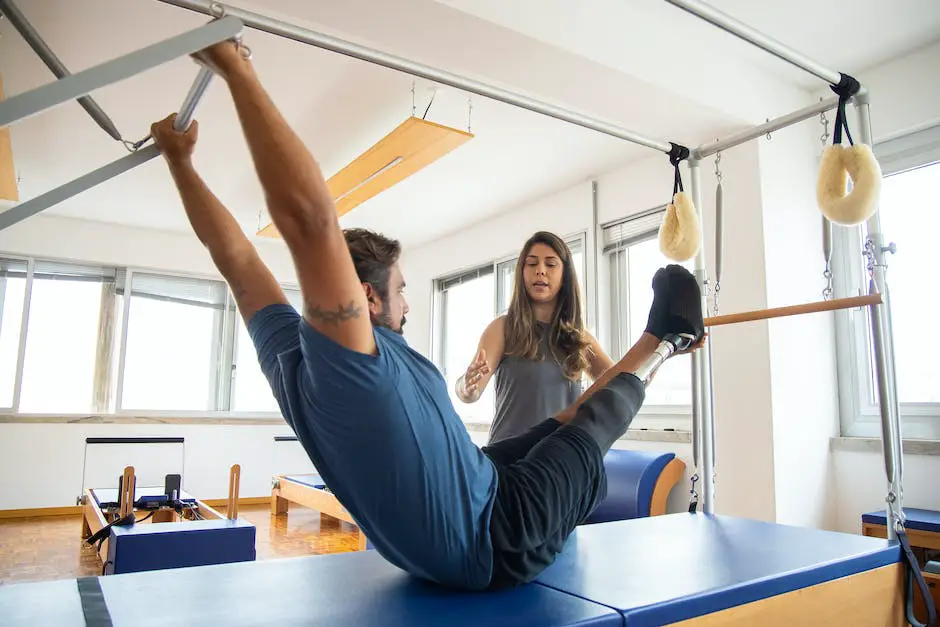
Bladder pain is a challenging condition to navigate, but patients aren’t helpless in its face. Physical therapy presents a unique perspective on managing this ailment, encompassing a variety of techniques including pelvic floor exercises, biofeedback, and electrical stimulation therapies. Though there are inherent risks, the advantages repeatedly demonstrate a positive impact on individuals’ recovery and quality of life. The real-life experiences shared in this paper attest to the value of physical therapy, illuminating the hope for pain relief and comprehensive management. As our understanding of physical therapy continues to evolve, it maintains its place as a crucial tool in the journey towards a life less hindered by bladder pain.
